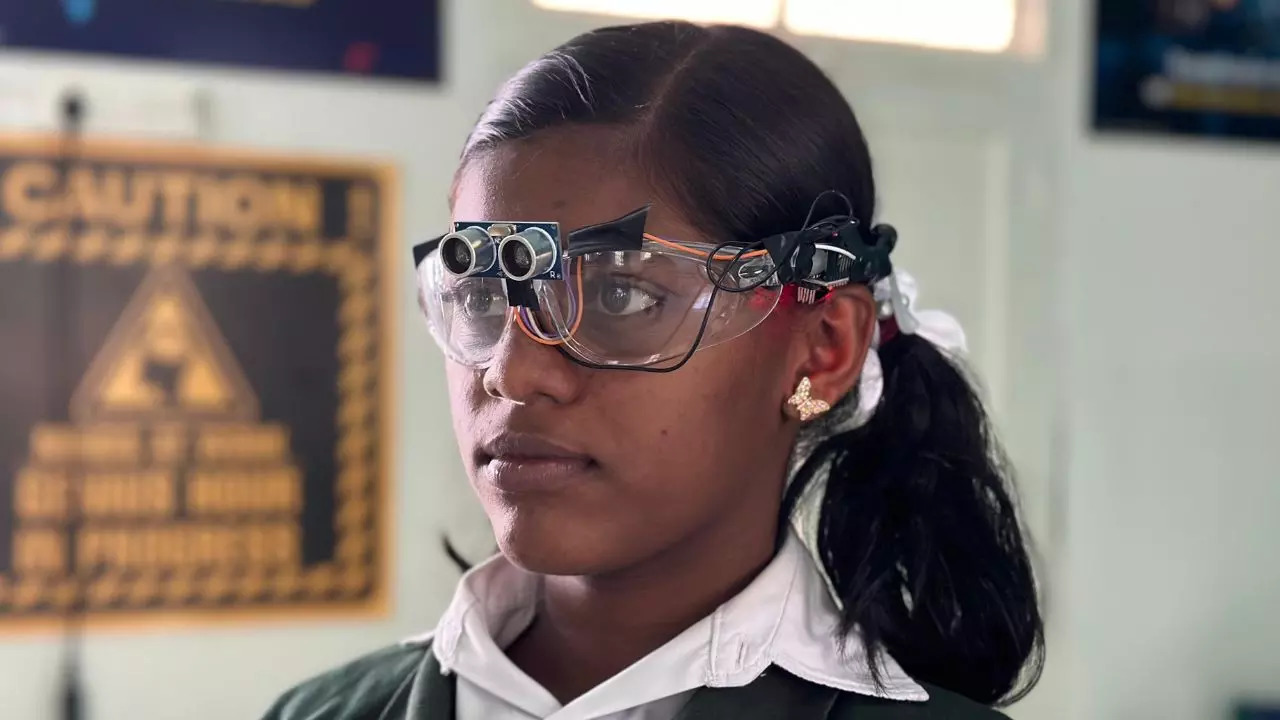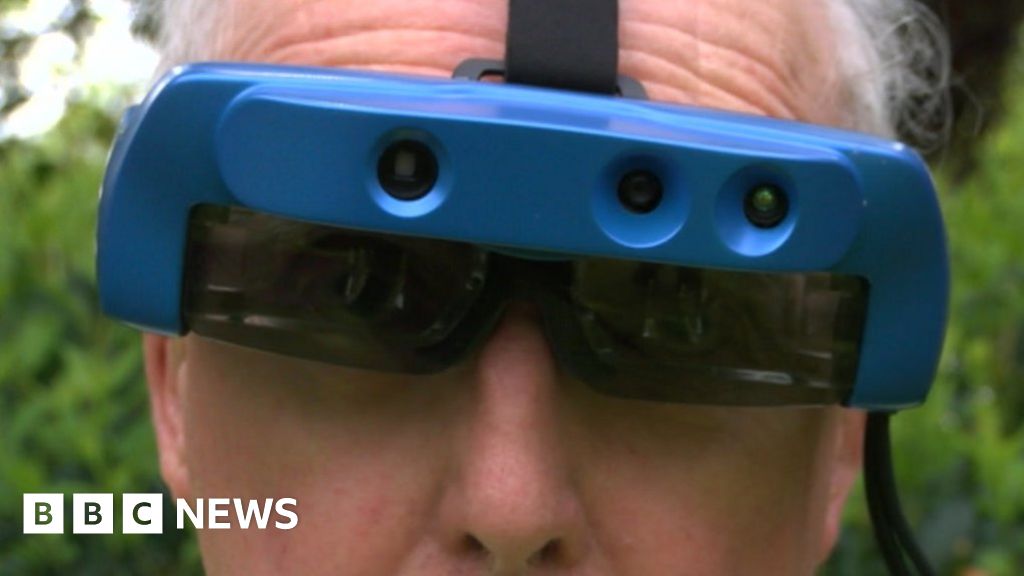Maximizing Efficiency with Screen Readers for the Blind: A Comprehensive Guide
Enhancing Accessibility Through Assistive Modern Technology for the Blind
The integration of assistive innovation for the blind stands for an essential improvement in availability, essentially changing how people navigate their atmospheres and involve with culture. From screen readers to innovative wise canes, these tools not just enhance self-reliance yet likewise promote inclusivity in numerous rounds of life. As we discover the diverse types of assistive devices and their tangible influences on everyday living, it becomes necessary to examine just how continuous technical improvements are improving the landscape of assistance for the blind community. What ramifications do these growths hold for the future of ease of access?
Review of Assistive Innovation
Assistive technology describes an array of tools and software made to improve the abilities of people with disabilities, including those who are blind or aesthetically impaired. This technology plays a critical function in advertising self-reliance and boosting the lifestyle for users. By providing different methods for accessing information and performing day-to-day tasks, assistive technology empowers people to browse their settings better.
The growth and application of assistive technology embrace a selection of principles aimed at cultivating access. These principles include user-centered layout, which prioritizes the requirements and preferences of the individual, and the integration of technology into day-to-day tasks. Such developments make sure that assistive devices are not only functional yet simple and also user-friendly to use.
Furthermore, assistive modern technology includes a diverse spectrum of remedies, from low-tech options like magnifiers to high-tech advancements such as screen viewers and Braille displays. The ongoing advancement of this area is driven by the demand to deal with the special challenges encountered by people with aesthetic disabilities (Wearable technology for low vision). As innovation continues to advance, the possibility for improving availability and advertising inclusivity continues to be promising, inevitably adding to a more fair culture

Types of Assistive Tools
Numerous kinds of assistive tools are readily available to support people that are aesthetically impaired or blind, each developed to attend to details demands and challenges. These tools can be broadly classified into 3 major types: low-tech, mid-tech, and high-tech remedies.
Low-tech gadgets include items such as magnifiers, Braille labels, and tactile maps. These are reasonably simple devices that improve the customer's ability to interact with their setting without needing complex technology.
Mid-tech gadgets typically entail advanced attributes, such as digital magnifiers and portable Braille note-takers. These tools can offer functionalities like speech outcome, permitting customers to access info more successfully.

Influence On Daily Living
The availability of different assistive devices significantly boosts the high quality of life for individuals that are blind or visually impaired, influencing their daily living in profound methods. By integrating technologies such as display visitors, Braille shows, and audio description services right into their regimens, individuals acquire greater freedom and self-reliance. These devices facilitate access to info, enabling individuals to execute day-to-day tasks, such as reviewing emails, browsing public areas, and taking pleasure in media material.
Moreover, assistive devices equip people to engage even more fully in social interactions and area activities. The ability to utilize smart devices outfitted with ease of access features permits seamless communication and connection with others. This connection fosters a sense of belonging and decreases sensations of seclusion.
In expert setups, assistive innovation supports productivity by enabling individuals to total job tasks successfully. Devices like voice acknowledgment software application and specialized magnification tools allow customers to take part in the workforce on equal footing with their sighted peers.

Innovations in Technology
Current technological improvements have actually considerably changed the landscape of tools look at these guys readily available for people that are blind or aesthetically impaired. The combination of expert system (AI) and maker knowing has actually generated applications that enhance navigating and item acknowledgment. For instance, smart device apps can now utilize AI to recognize and define environments in real-time, providing individuals with valuable contextual information.
Furthermore, improvements in haptic modern technology have actually caused the growth of wise canes furnished with sensors that spot obstacles and give responsive comments. This encourages customers to navigate their setting with boosted self-confidence and freedom. Additionally, innovations in text-to-speech software application and braille screens have actually boosted the access of digital web content, permitting smooth interaction with numerous media.
Wearable technologies, such as clever glasses, are also making strides in aiding aesthetic problems. These tools can supply increased reality experiences, superimposing essential info onto the individual's field of vision. Jointly, these improvements not only enhance the quality of life for people who are blind yet additionally promote higher addition in society. As technology remains to develop, the capacity for a lot more transformative tools stays on the horizon.
Future Trends and Innovations
As technology quickly proceeds, the future of assistive devices for individuals that are blind holds immense guarantee. Advancements in expert system (AI) and equipment knowing are positioned to revolutionize the means blind users engage with their settings. For example, AI-driven applications are being developed to boost item acknowledgment, enabling customers to identify and browse their surroundings with higher ease and precision.
Additionally, innovations in haptic feedback innovation are allowing the creation of responsive maps and navigating aids that provide real-time info via touch. These technologies not just improve movement but also foster freedom. Additionally, wearable gadgets furnished with increased truth (AR) features are arising, offering users visual information with audio summaries, thus linking the void in between the physical and digital worlds.
Moreover, the integration of clever home technology provides brand-new chances for ease of access, allowing people to regulate their living settings with voice commands or smart device applications. As collaboration in between tech developers and the blind area proceeds, the emphasis on user-centered style will certainly make certain that future innovations are customized to fulfill the distinct demands of this population (Wearable technology for low vision). The trajectory of read review assistive modern technology guarantees a much more inclusive and empowering future for individuals who are blind
Verdict
In verdict, assistive technology plays an essential duty in improving availability for individuals with aesthetic disabilities. Continuous advancements in modern technology and user-centered style make certain that these devices cater efficiently to the unique demands of the blind neighborhood.
The assimilation of assistive innovation for the blind stands for an essential improvement in accessibility, essentially changing just how individuals browse their atmospheres and involve with culture.Assistive modern technology refers to a range learn the facts here now of devices and software program designed to enhance the capabilities of people with disabilities, including those who are blind or aesthetically damaged. Wearable technology for low vision.As innovation quickly progresses, the future of assistive devices for people who are blind holds enormous assurance. The trajectory of assistive modern technology guarantees a much more inclusive and empowering future for people who are blind
In final thought, assistive technology plays an important duty in enhancing ease of access for people with visual problems.